Memories of the mines: pit ponies, disasters and a lot way of life
and live on Freeview channel 276
Listening to ex-miners Bill Heszelgrave and Dennis Best reminisce about their days down the pit is nothing short of a privilege. At 79 and 72 respectively, both recall working with pit ponies. In fact, Dennis was the last pony driver at Peckfield Pit in Micklefield. He went to work there in 1961 after leaving school and recalls: “It was hard and dirty and a little bit dangerous but it was good. Of all my years of working, my pit pony days were my most enjoyable.” He left the mines after seven years to work on erecting overhead cables and then spent 40 years as a scaffolder but his time as a pony driver had a huge impact upon him - he even has a tattoo of one of his former charges, Silver, on his leg.
“If you don’t get attached to a pony, or they are wary of you, you can have a lot of problems when you are down the pit. They can run off and when you find them, everything is tipped out. You have to trust them and they have to trust you.”
Advertisement
Hide AdAdvertisement
Hide AdBill concurs: “They were very clever animals, normally you would load them up with two tubs but if you ever put three on, they knew and they would back up and kick the chain off.”
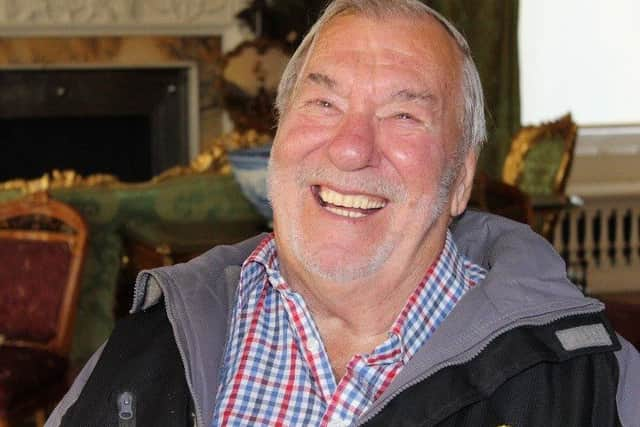

Pit ponies make up just a part of an exhibition at Lotherton Hall which aims to recall a way of life which has completely disappeared. The various displays sit alongside memorabilia and even audio logs containing first hand accounts from miners and their families of what life was like during mining’s heyday.
These reflect not only the hardships and countless disasters which affected them but the seemingly unbreakable bonds forged in the various communities which grew up around each pit.
Irene Kilbride and Trish Bazely are from the Lotherton Hall History Group, which is responsible for compiling much of the material.
Advertisement
Hide AdAdvertisement
Hide AdIrene’s husband’s great grandfather, Thomas Kilbride, came over from Ireland seeking work in 1880, along with many others.
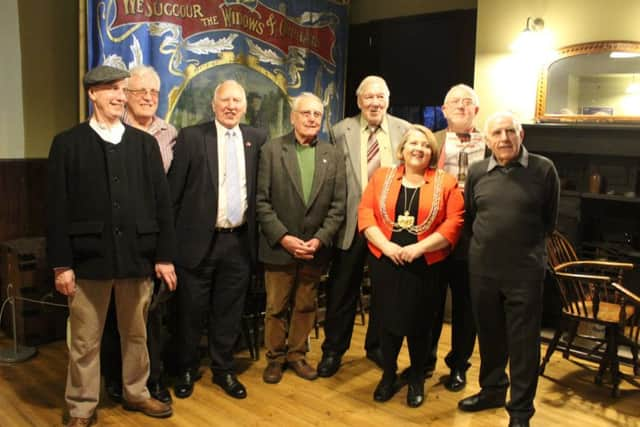

The former high school tutor says: “I think it’s so important to chronicle all these stories, this way of life which is gone now. It’s about community. There are people in Garforth whose relatives worked down the mines. They worked in appalling conditions, it’s no wonder they died in their 40s and 50s.”
Trish, who worked in homecare for Leeds City Council for 22 years, added: “Hearing the families talk about the camaraderie, they would never leave anyone down below, even the little ponies helped them because they could feel the shudders in the earth and they would hold the men back and then a couple of minutes later, the roof would come down. Everyone of them deserves a medal, they looked after each other, the families banded together whenever they needed anything. We’re proud of the exhibition, because it shows people what life was like and it wasn’t all that long ago.”
Stephanie Davies, assistant curator of community engagement at Lotherton Hall, has helped coordinate the exhibition at the museum.
Advertisement
Hide AdAdvertisement
Hide Ad“Mining was such a big part of the community for so many generations and today it’s as if it was never there. So, not only do we want to give honour to the people who lived that life but also to show the next generation. There are still people around who were miners, so it’s all first hand. A lot of these stories have never been told.”
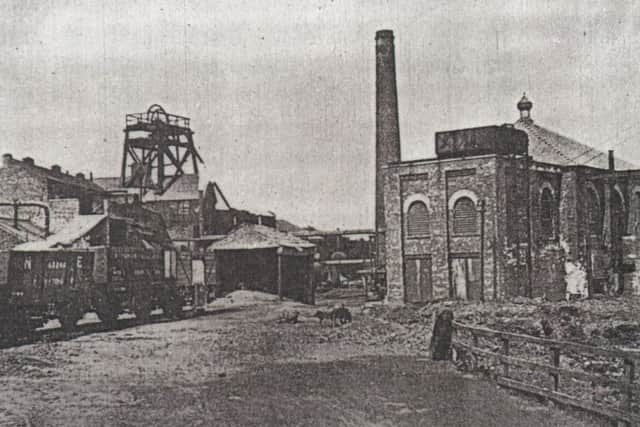

Among the items on display is a silver tea set presented to a mining engineer, James Wormald, who saved the Garforth pits Isabella and Sisters from flooding, and so saved the livelihood of the village of Garforth in the 1800s. Also on display is the Micklefield colliery banner and a case of mining memorabilia loaned by local miners and their families.
But at the heart of it all lies the tales of miners like Dennis and Bill.
Bill began at Peckfield in 1954 and later worked at several other mines across the North of England, including Gascgoine Wood Mine, part of the Selby Coalfield, where he recalled: “We tunnelled nine miles and it was dropping all the time. They said we were so far down that they could have dropped atomic bomb on top and we wouldn’t have felt it.
Advertisement
Hide AdAdvertisement
Hide Ad“Some men used to work down pit with a wooden leg; and I remember one man was still working down there at 80.
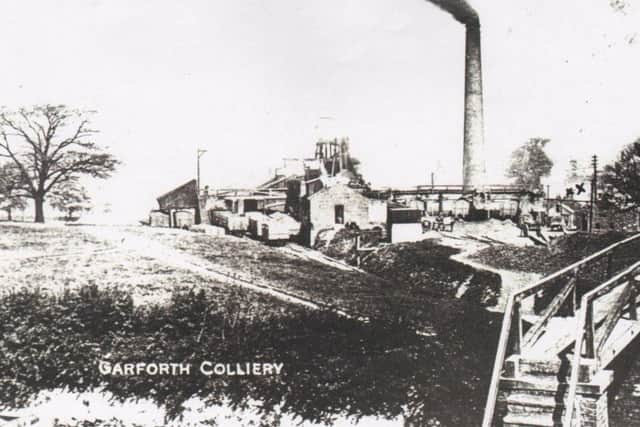

“Once, at Gasgcoine Wood on the main drag, there was a roof fall and it was well over 50m long and all the men on the other side could not get out. We eventually devised a way to free them but it took us over three months to get that open again and that was working round clock and weekends.”
Dennis also has his fair share of shuddering memories of the dangers of working down the mines.
In 1934, his grandad, Sid Best, lost his leg after a roof fall. “It trapped his leg and there was only bit of flesh holding it. A deputy had to get a belt knife to cut through it to leave his leg under the stone. It was the only way to save him. When he recovered, he went back down t’ pit on a lighter job. He was 60 and he’d already been gassed in the First World War.”
Advertisement
Hide AdAdvertisement
Hide AdOn Yorkshire Day, Dennis will revive an old tradition known as a Josh Wedding, a pretend wedding, originally devised in 1911 to raise money to pay for a hospital bed for injured miners at Leeds Infirmary. The annual event ran until 1947 but faded out after the formation of the NHS. Dennis brought it back in 1997 and from 2013-16 and will do so again this year at Lotherton Hall on August 1.
FACTFILE
The Peckfield Disaster of 1896 was caused by an explosion which killed 63 men and boys and 19 pit ponies
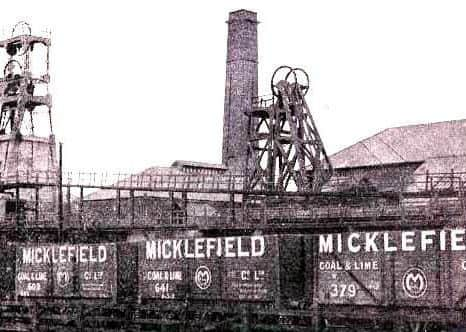

The Sisters and Isabella pits, Garforth flooded in 1873 and led to James Wormald inventing a device to help prevent flooding in future
Mining Memories runs until October and includes a series of talks and events, including Songbirds Underground on May 24, the Value of the ‘stay at home mum’ on June 28 and ‘Good Times Old and New’ on September 27, all starting at 2pm.